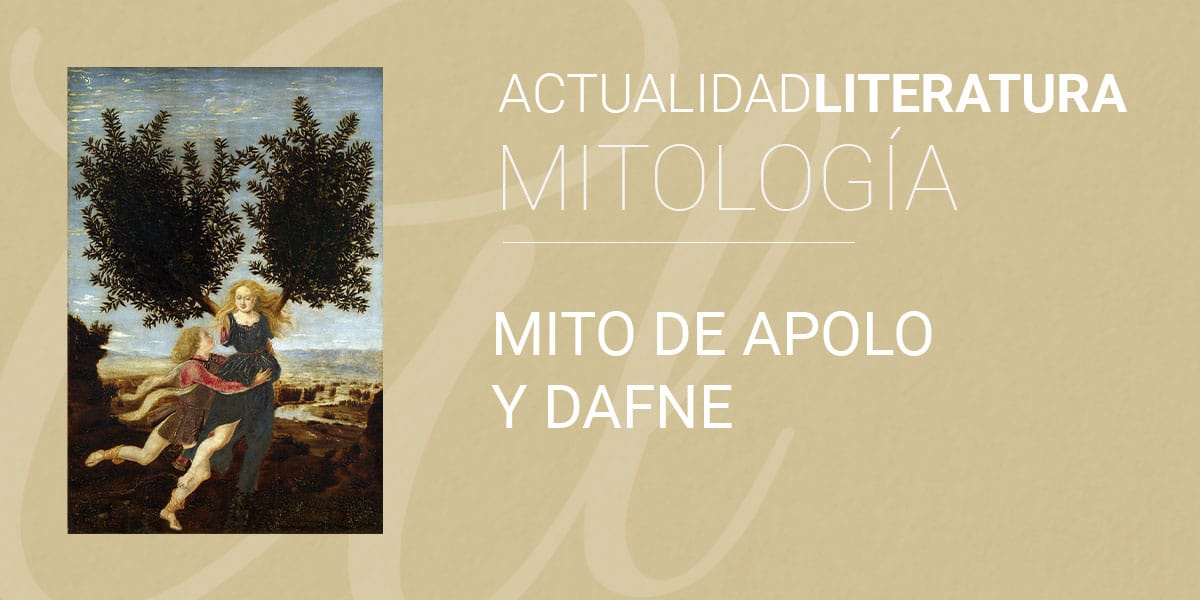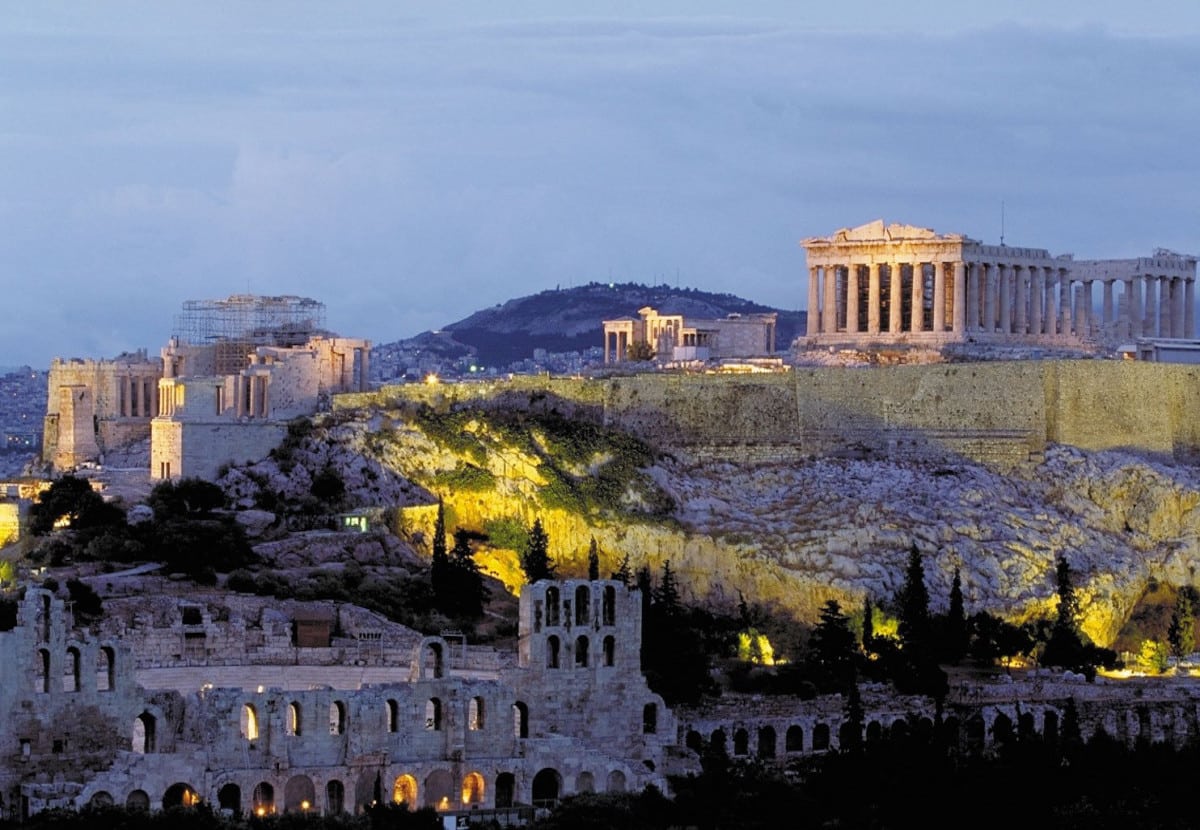
Few mythological stories have given rise to more beautiful representations than those of the myth of Apollo and Daphne: the amorous pursuit of the god Apollo and the rejection of the nymph Daphne.
Apollo is one of the most important gods in Greek mythology., so the spread of this myth is even greater. Daphne was one of his love claims, an unconsummated love or heartbreak and which gave rise to the symbol of victory by the laurel wreath. Next we will talk more about the myth of Apollo and Daphne.
The myth of Apollo and Daphne
Contextualizing the myth
The myth of Apollo and Daphne belongs to Greek mythology. It is an unrequited love story that ends in transformation, in a metamorphosis that includes a well-known element: the laurel wreath.
Daphne was a dryad nymph, a tree nymph, who found her sense of self in the forest.; its name means "laurel". For his part, Apollo is one of the most important gods of Greek mythology; he is one of the olympic gods. Son of Zeus and Leto, twin brother of Artemis, he has been associated with the arts and music, the bow and arrow. He is also a god of sudden death and plagues and diseases, which does not prevent him from being a god of beauty and perfection. Definitely, Apollo is perhaps the most important Greek god after his father Zeus.; and this, added to his multiple characteristics, has led him to have a multitude of temples in his honor.
Daphne's conversion into laurel resulted in a sacred and eternal tree, always green, with which to crown the victorious heroes of the Olympic Games with its leaves. The laurel wreath would remain forever represented as a symbol of triumph and magnanimity..

The myth of Apollo and Daphne
Eros, god of love, feeling offended by Apollo, decided to hit the god with a golden arrow, which would cause irrepressible love when he saw Daphne. Instead, Eros aimed an iron arrow at the nymph, which would cause her rejection. From now on there is a fiery persecution by Apollo towards Daphne, although not reciprocated.
Daphne was a dryad nymph, of the trees, and who had already starred in other rejections before because she refused to marry any suitor. She had always been interested in hunting, living freely in the woods, and did not want to get married.. So he had made it known to his father, Ladon (a river god). However, he doubted that her daughter could always shun her suitors, since she stood out for her beauty.
Apollo, son of Zeus and twin brother of Artemis, obsessed with marrying Daphne, pursued the dryad nymph for a time, besieging her every move. But Daphne always despised him and for a while she managed to keep him away from her. But when the gods observed Apollo's unsuccessful attempts to catch up with him, they interceded for him. It was then that Daphne, desperate, asked her father and mother, the goddess Gaea, to help her. They took pity on her and turned her into a laurel, in a forest bush.
Apollo just managed to hug a bunch of branches. He promised, however, to love her forever and resolved to crown the heroes and champions of the Olympic Games with a laurel wreath.
Meaning of the myth
In the myth you can see two separate opposite behaviors. There is a very strong opposition between the god and the nymph: on the one hand, he burns with passion and wants to catch and possess her; instead she remains distant from her, in her hatred she flees from him to the last consequences. In addition to the obvious difference between male lasciviousness and female virtuosity, there is also a rebelliousness in Daphne that makes her stand out among other female characters.. Daphne does not want to marry, neither with Apollo, nor with any other man. She wants to be free, out of male submission; what attracts him is hunting and life in the forest. She resignedly accepts her transformation into laurel as long as she does not fall into the unwanted hands of Apollo. She remains a virgin and free from taxation, with the help of her father.

representations of the myth
The most famous artistic representation of the myth of Apollo and Daphne is perhaps the one sculpted by Gian Lorenzo Bernini in the XNUMXth century.. It is a baroque work that, due to its beauty and the importance it has within the History of Art, is a must-see if you have the opportunity to visit the Borghese Gallery in Rome. Bernini created it in marble between 1622 and 1625 with a height greater than two meters. Pick up the exact moment when Daphne is starting to transform into a bush, just when Apollo reaches her and surrounds her waist. Daphne's surprise at her transformation is also recorded, as well as the fear and revulsion caused by being caught by Apollo.
In literature, Ovid's poem the metamorphoses also collects the myth and Petrarch himself echoed this story because he made an analogy between his beloved and Daphne. Likewise, Daphne has been mentioned in a multitude of artistic works. For example, famous are also the operas of Richard Strauss and Francesco Cavalli. In painting we find in the fifteenth century the painting Apollo and Daphne by Piero Pollaiuolo, and in the XNUMXth century the representation Apollo chasing Daphne by Theodoor van Thulden.